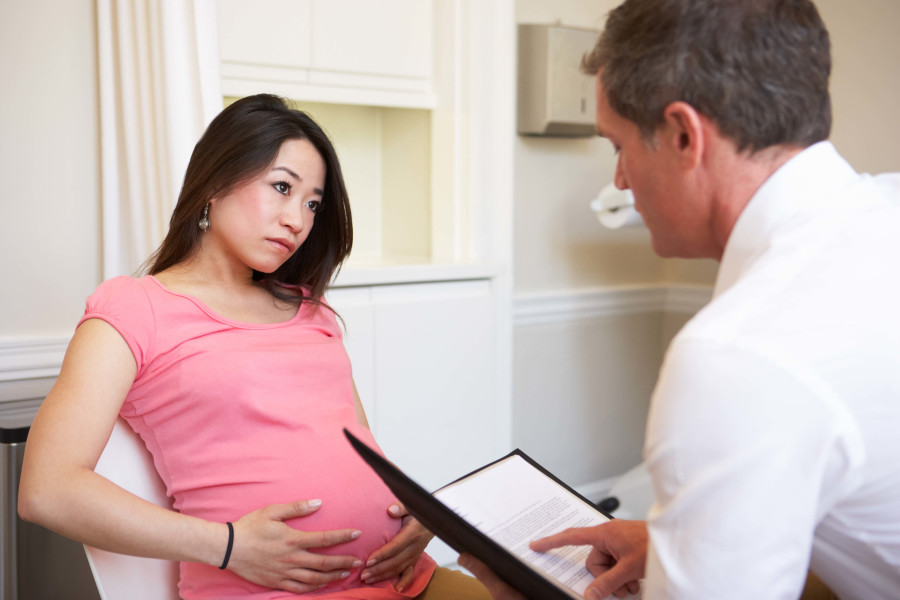Maybe you’ve had a C-section, or maybe you’ve scheduled one. If so, you’re part of a pretty big club, because about 1 in 3 U.S. babies is delivered by C-section.
You’d be hard-pressed to find anyone who doesn’t think that the U.S. C-section rate —32.7% in 2013, the most recent year for which final data are available– is unnecessarily high, but just how low it should go is debatable. While C-sections can be lifesaving for mothers and babies when necessary, they are major surgery which, of course, carries such risks as wound infection, a bad reaction to anesthesia, excessive bleeding, and blood clots. And babies delivered by C-section are more likely to develop breathing problems, although those usually are only temporary.
Back in 1985, the World Health Organization (WHO) stated that “there is no justification for any region to have a cesarean delivery rate higher than 10-15%.”
“Healthy People 2020″, from which the U.S. Department of Health and Human Services sets goals and objectives for health promotion and disease prevention, aims for a C-section rate that’s still way above what the WHO recommends. The 2020 goal is a C-section rate of 23.9% among low-risk women, which HHS defines as a woman whose single baby is head down (not breech) and full-term (at least 37 weeks).
Considering that the C-section rate for low-risk women was 26.5% in 2007 (the latest year HHS had to work with when setting the 2020 goals), reaching 23.9% might not sound like much of a stretch. But the U.S. Centers for Disease Control and Prevention found that the C-section rate for low-risk women went in the wrong direction after 2007. It peaked at 28.1% in 2009 and, while it declined since then, it still was 26.9% in 2013 —higher, not lower, than the 2007 rate.
More than half of high-income industrialized countries have an overall C-section rate of more than 25%, according to a study published in March in the journal Birth. The authors of that study concluded that higher C-section rates are associated with higher infant mortality rates in these countries. One reason, the researchers concluded, is because C-sections are often scheduled too early, resulting in premature births.
But a new study, published this month in the Journal of the American Medical Association, concludes that the WHO target rate of 10 to 15 cesareans out of every 100 live births should be raised.
That study, which analyzed 2012 data from all 194 WHO member states, concluded that the optimal C-section rate —or the C-section “sweet spot,” as one commenter put it– might be more like 19 out of every 100 live births which, of course, is still much higher than the U.S. rate. A C-section rate above 19% wasn’t associated with any effect on mother or newborn death rates, while a rate below 19% was linked to higher death rates, the researchers found. Because of the design of their study, the researchers note, they can’t say for sure that a 19% C-section rate causes death rates to go up or down. Plus, they didn’t look at complications related to doing too many or not doing enough C-sections.
One of the reasons cited for rising C-section rates has been “maternal request” —women asking for C-sections even though there’s no apparent medical reason for having one. The American College of Obstetricians and Gynecologists issued an opinion paper in 2013 that says doctors should recommend that patients with no apparent need for a C-section plan to deliver vaginally, especially if they want to have more children. That’s because these days, once a C-section, almost always a C-section, and, as ACOG points out, the risks of complications increase with each C-section.
You might want a C-section because you think it will hurt less than going into labor and delivering vaginally. But ACOG says that’s not a good reason to opt to deliver your baby surgically, because your doctor should be able to effectively manage your pain during labor and delivery.
Please, feel free to share your opinion in the Comments section below.

